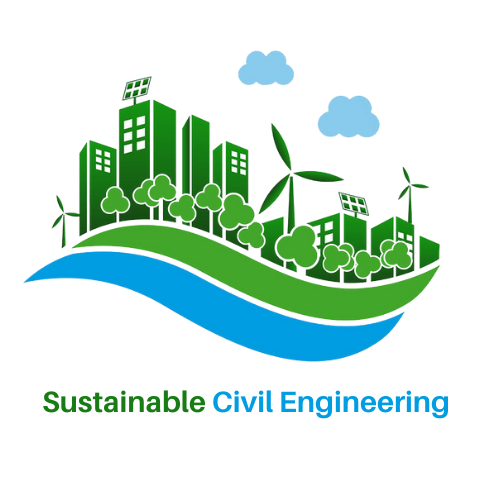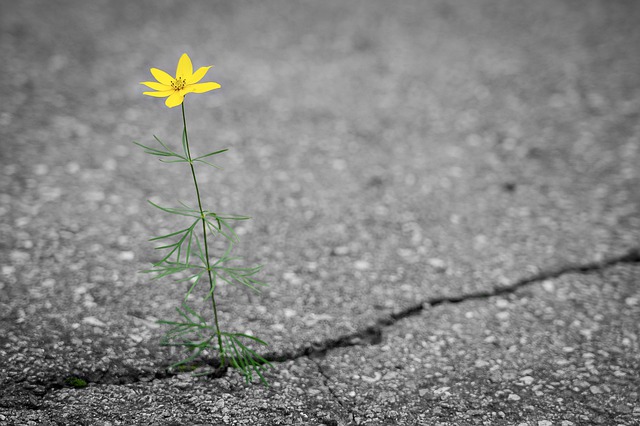Greening the Urban Landscape
A couple of decades ago, a colleague told me he envisioned turning Montgomery Street into a city garden. He envisioned someday walking up Montgomery Street after work and picking fresh tomatoes, lettuce, and other veggies for a dinner salad. At the time, I thought he was out of touch with reality; however, currently, the idea does not seem quite as farfetched. Of course, that is not to say that I expect to see bulldozers tearing up the streetscape on Montgomery. Still, we are seeing a stronger shift toward sustainability, including water rainwater harvesting, green roofs, and the surprising news that California and GM want electric vehicles to be the norm by 2035.
As far as replacing roads with urban gardens, we are starting to see more and more of this occurring in the City, which can be accomplished by strong community involvement. One such program that we have in San Francisco is called “Street Parks” (http://sfpublicworks.org/streetparks), and it entails the following:
- City residents identify a vacant lot, an abandoned alley, or an underutilized and obsolete road.
- They form a group to apply, define, and plan the work needed to turn the identified strip of land into a garden or park.
- The group applies photos of the existing conditions to the Public Works Department (PWD), clearly describing their proposed changes.
- The PWD reviews the application and determines whether to accept or reject the request. If accepted, they work with the neighborhood group to improve the site.
- In the end, the work is done, and a park stands where an ugly vacant lot or strip of pavement used to be.
Recently, we submitted an application to convert a section of the street (see photo below), which is located near our house in Bernal Heights, into a small neighborhood park. The application is under review, though the PW has already informed us that it is a viable project offering immediate benefits. Once we receive final acceptance of the project, we can proceed with the design, which includes:
- Running a topographic survey (spot elevations, low points, utility locations, structures, natural slopes, etc.)
- Develop conceptual to final design plans for the park, review for quality of work, and ensure that group expectations are being addressed (trees, types of plants, maybe including benches, etc.).
- We acquired the necessary permits to proceed with construction. Depending on the amount of work, we carry out the work ourselves or hire people to help.
As you can see in this photo, the site’s current condition is not great. This road is currently used for parking and as a dog waste area. And although vehicles can drive through, it is not essential for traffic since there are roads north and south of here, which are in much better condition. Additionally, the fenced-in area on the left is part of a daycare. Therefore, when the park is done, children will be able to use the park. We will keep you updated regarding the progress of this project in future articles.
Though the City encourages and supports this project, they expect you to contribute some of your time, raise funds, and prepare the paperwork needed to complete the work. But, in the end, you will be glad you did, as will your kids, other kids from the area, and your neighbors.

